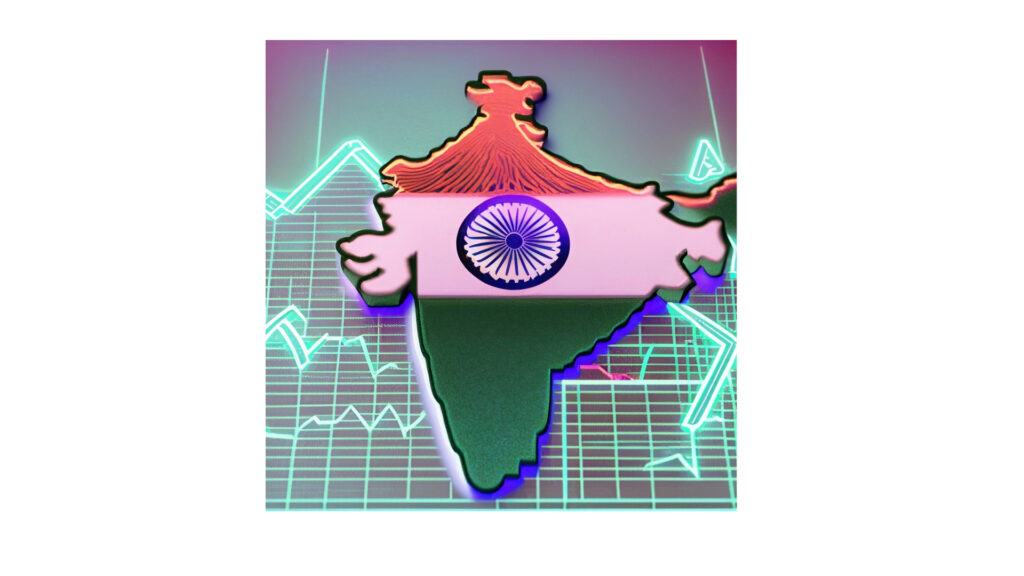Welcome to insightstockology.com. In today’s blog post you are gonna know all about “History Of Stock Market Performance After Elections- 2024“.
Elections in India are monumental events that not only shape the political landscape but also significantly impact the economy, including the stock market. The stock market, a barometer of economic health and investor sentiment, often reacts to political changes, especially during elections. In this blog post, we will explore the historical patterns of stock market performance in India after elections, examining how different election years have affected the Indian economy and stock market.
Contents
History Of Stock Market Performance After Elections

General Election:
General elections in India, held every five years, are an important event that determines the direction of the country’s governance and policies. Historically, the stock market exhibits volatility in the run-up to general elections, driven by uncertainty surrounding the outcome and potential policy changes.
- Pre-election period: In the months leading up to the general election, investors often take a cautious stance, leading to higher volatility and volatility in stock prices. Concerns about possible policy changes, changes in government and macroeconomic stability contributed to market shocks.
- Post-election period: Once election results are announced and a new government is in power, the stock market usually reacts with relief or apprehension, depending on the perceived market-friendly stance of the incoming government. Clarity on policy direction and the continuation of economic reforms could lead to a positive market sentiment, pushing share prices higher.
State Assembly Elections:
Besides general elections, state assembly elections also affect the stock market, though to a lesser extent than national elections. State-level political dynamics and policy changes can affect local economies and industries, affecting investor sentiment and stock market performance.
- Regional factors: State assembly elections are often accompanied by region-specific issues and agendas, which can affect industries concentrated in those regions. Policies announced by newly-elected state governments, such as changes in taxes, infrastructure projects and investment incentives, can affect the stock prices of companies operating in the respective states.

- Sectoral Impact: Certain sectors, such as infrastructure, real estate and agriculture, may see share price fluctuations based on election results and subsequent policy decisions. For example, increased government spending on infrastructure projects after state elections can boost the stock prices of construction and engineering firms.
Market trends over the election cycle:
An analysis of historical data on stock market performance during various election years in India reveals some trends and patterns:
Election Year Volatility:
Elections typically coincide with increased market volatility, driven by uncertainty and investor sentiment. However, the degree and duration of volatility varies depending on factors such as the political environment, global economic conditions and domestic policy outlook.
Post-election rallies:
Despite short-term volatility, Indian stock markets have often witnessed post-election rallies, especially when the election results are considered conducive to economic growth and market stability. Investor confidence in the new government’s ability to implement reforms and stimulate economic activity could fuel a bullish market sentiment.
Policy implications:
Stock market reactions to elections are determined not only by political outcomes but also by the policy trajectory set by the incoming government. Pro-business reforms, fiscal stimulus measures and infrastructure development initiatives could boost investor confidence and drive stock market gains.
Impact of Elections on Indian Economy & Stock Market with Timelines
Elections in India have a profound impact on the economy and stock markets, affecting investor sentiment, policy direction and market dynamics. Here is a detailed analysis of how various election years have shaped the economic landscape:
1989 and the coalition era:
The formation of a coalition government in 1989 amid controversies surrounding Prime Minister Rajiv Gandhi’s administration led to increased market volatility and economic uncertainty. Despite subsequent reform efforts and the new government’s anti-corruption measures, the post-election results have disrupted market stability and overall economic performance.
1991 and the Congress Era:
The assassination of Prime Minister Rajiv Gandhi in 1991 exacerbated the current market volatility, with the economy plagued with high fiscal deficit, inflation and limited foreign exchange reserves. However, under the leadership of PV Narasimha Rao, the Congress government implemented significant reforms, including economic liberalization, which restored market confidence and led to a positive trend in the stock market.
1996–1998 – Unstable coalition government:
Political instability marked by multiple prime ministers and the aftermath of the Asian financial crisis contributed to a lack of market confidence in these years. Absence of stable governance leads to fluctuations in the Indian rupee and adversely affects export-oriented industries, reducing the potential for economic growth.
1999 – NDA in power:
The victory of the National Democratic Alliance (NDA) led by Atal Bihari Vajpayee in 1999 brought a sense of stability to the market. Expectations of governance continuity and market-friendly policies prompted a post-election rally in stock markets, accompanied by a pick-up in GDP growth. The government’s focus on fiscal discipline and structural reforms has strengthened investor confidence and attracted foreign investment inflows.
2004 – Congress returns to power as UPA:
The return to power of the Congress-led United Progressive Alliance (UPA) in 2004 initially disappointed the market, leading to a fall in share prices. However, post-reforms and strong economic growth fueled by high GDP growth rates and record levels of foreign direct investment (FDI) revived investor sentiment, driving the market to new highs.
2009 – Congress continues for second term:
The UPA’s victory in 2009 led to a significant market rally, but concerns over policy paralysis, corruption scandals and economic challenges during the government’s second term eroded investor confidence. Uncertainties surrounding fiscal deficit, inflation management, and regulatory stability have led to volatility in stock markets despite modest gains in stock indices.
2014 – NDA takes BJP to absolute majority – Modi Wave:
The National Democratic Alliance’s (NDA) landslide victory with absolute majority in 2014 sparked optimism among investors, leading to a significant rally in stock markets. Expectations of economic reforms led by Prime Minister Narendra Modi and expectations of a stable government drove market sentiment despite challenges such as global economic conditions and currency fluctuations.

2019 – BJP Remains in Power:
The re-election of the Bharatiya Janata Party (BJP) in 2019 provided continuity and stability, which was well received by the market. Expectations of continued economic reforms, emphasis on initiatives such as “Make in India” and efforts to attract foreign investment boosted investor confidence, leading to a rise in the post-election stock market. However, external and internal challenges, including global trade tensions and structural issues in key sectors, have tempered the full realization of the market’s growth potential.
[In short, elections in India have far-reaching implications for the economy and stock market, influencing investor behavior, policy decisions and market trends. Understanding the historical patterns and sectoral impact of election-related market movements is crucial for investors to navigate the dynamic landscape of Indian equities during the election cycle.]
Here’s The Best Online Brokers for your investment journey:-
AngelOne
Groww
Zerodha
[ Do not influence by our recommendation. It’s entirely your responsibility to find the best broker ]
Conclusion
In conclusion, elections play an important role in shaping stock market performance in India, with both general and state assembly elections affecting investor sentiment and market dynamics. While elections often introduce short-term volatility, they can also catalyze post-election rallies driven by optimism about policy continuity and the prospects for economic growth. Understanding the historical patterns and sectoral implications of election-related market movements can help investors navigate the dynamic landscape of Indian equities during election cycles.








